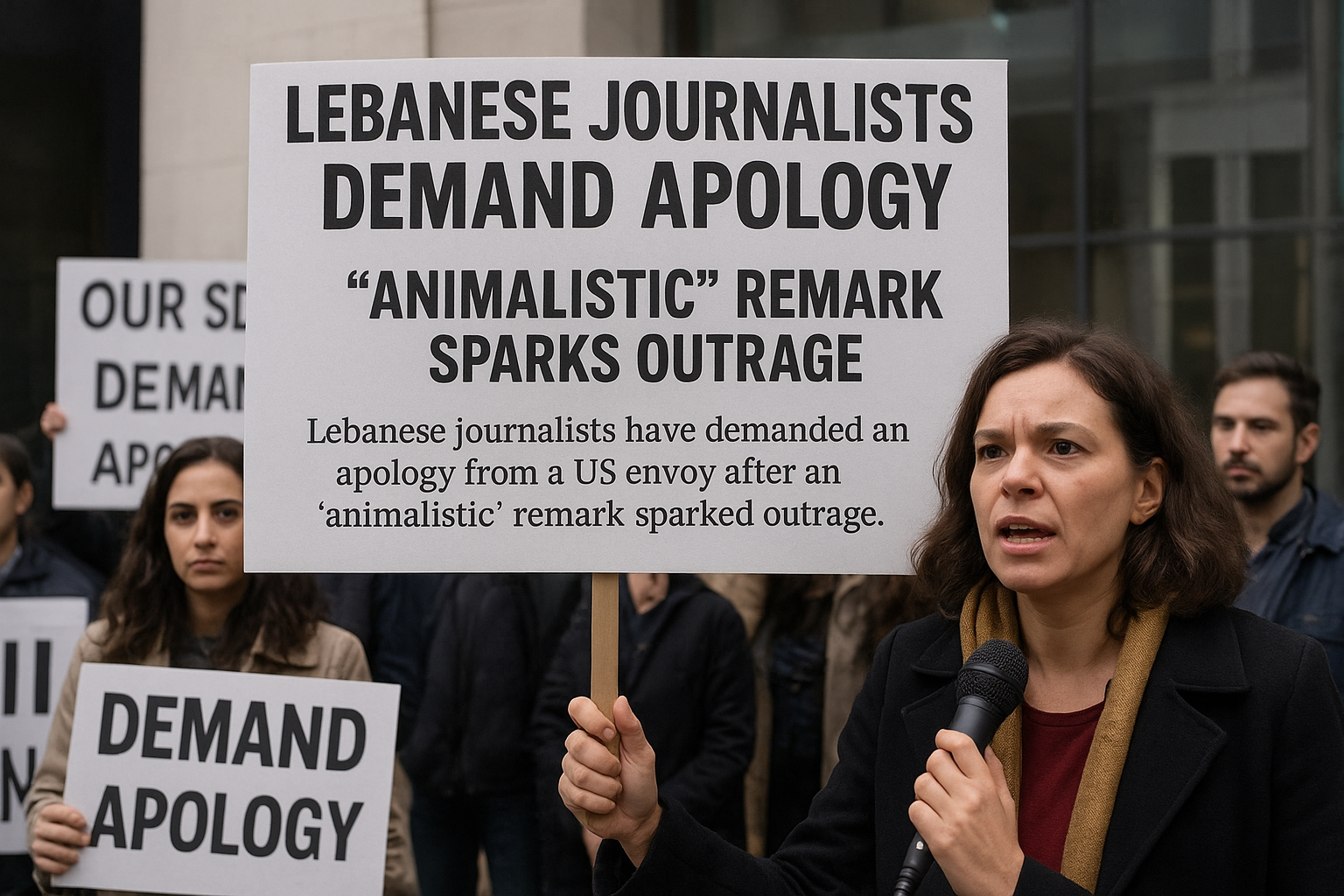The Pakistani rupee is facing renewed pressure as a severe shortage of US dollars grips the local market, leaving exchange companies struggling to meet surging demand. The scarcity has sparked growing concerns over hoarding, smuggling, and distortions in the foreign exchange market, heightening anxiety among businesses and consumers alike.
Currency experts say that while recent administrative steps by the State Bank of Pakistan and government authorities have temporarily propped up the rupee, these measures may not hold in the face of deepening structural challenges. The demand for dollars continues to outpace supply, and parallel market activity is widening the gap between official and open-market exchange rates.
The pressure has been compounded by devastating floods across the country, which have disrupted trade flows, increased import needs, and added unexpected stress to Pakistan’s fragile economy. Analysts warn that any further external shocks — such as delays in foreign inflows, reduced remittances, or increased global oil prices — could accelerate depreciation pressures on the rupee.
The dollar crunch is also hampering the ability of importers to open letters of credit, raising fears of shortages in essential goods and driving up inflation. Businesses are calling for clearer policy direction and stronger efforts to curb illicit currency flows.With Pakistan already grappling with inflation, external debt obligations, and disaster recovery costs, the rupee’s future stability will depend heavily on securing foreign inflows and restoring market confidence in the months ahead.
Share this content:









Leave a Reply